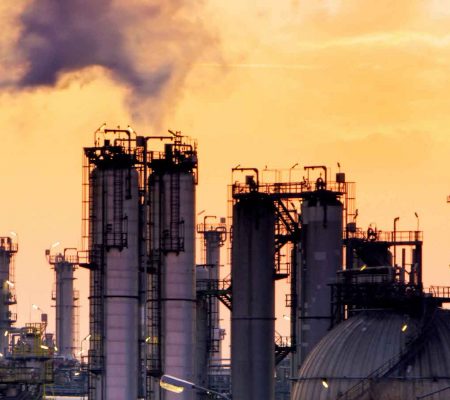For an average, healthy, young to middle-aged person, exposure to high levels of ozone can be pretty irritating, literally, to your respiratory system. It has been linked to a number of symptoms, including:
- Coughing
- Throat irritation or soreness
- Chest tightness or pain
- Reduced lung function
- Increased susceptibility to lung infections, allergens and other air pollutants
For those considered “sensitive groups,” including children, seniors, anyone with heart or lung disease (including asthma) and people who are extremely active outdoors - like runners and bikers, air pollution is linked to a spectrum of more serious health issues.
If you are one of the 23 million Americans with asthma, poor air quality can trigger your symptoms, increasing the frequency and intensify the severity of attacks. Studies have shown that increased levels of ground level ozone correlate with increased hospitalizations for children with asthma. Other studies found that elderly adults are also more likely to visit hospital emergency rooms when air pollution levels hit summertime highs.
Over time, air pollution can also contribute to COPD, or chronic obstructive pulmonary disease, which includes chronic bronchitis and emphysema and is the third leading cause of death in the U.S. This group of ailments affects an estimated 24 million U.S. citizens.
Many elements that make up air pollution - such as diesel exhaust, solvents, etc. - have long been known to cause cancer. In 2013, the International Agency for Research on Cancer (IARC) went on to classify “outdoor air pollution” in general as a carcinogen, as well as particulate matter on it’s own. Of the 3.2 million deaths attributed to air pollution around the world in 2010, 223,000 were due to lung cancer. While policies and better practices have made great strides in improving air quality here in the U.S., ozone and PM2.5 continue to plague communities everywhere.
If the raw health impact on communities’ quality of life isn’t enough, consider the economic impact. Between 1970 and 2000, healthcare costs resulting from pollution-induced death, illness and lost productivity topped $9 trillion.
If all of this sounds pretty serious, it should. But here are some steps to protect yourself on days when air quality is low:
- Consider spending more time indoors, where ozone levels are typically lower.
- Choose less intensive outdoor activities so you don’t breathe as deeply or rapidly, walking instead of running, for example.
- Plan outdoor activities for mornings or evenings, outside of peak ozone hours.
- Observe Knozone Action Days, and avoid high emission activities when levels are high.
Check the air quality in your area daily with tools like Knozone.com or AirNow.gov.
